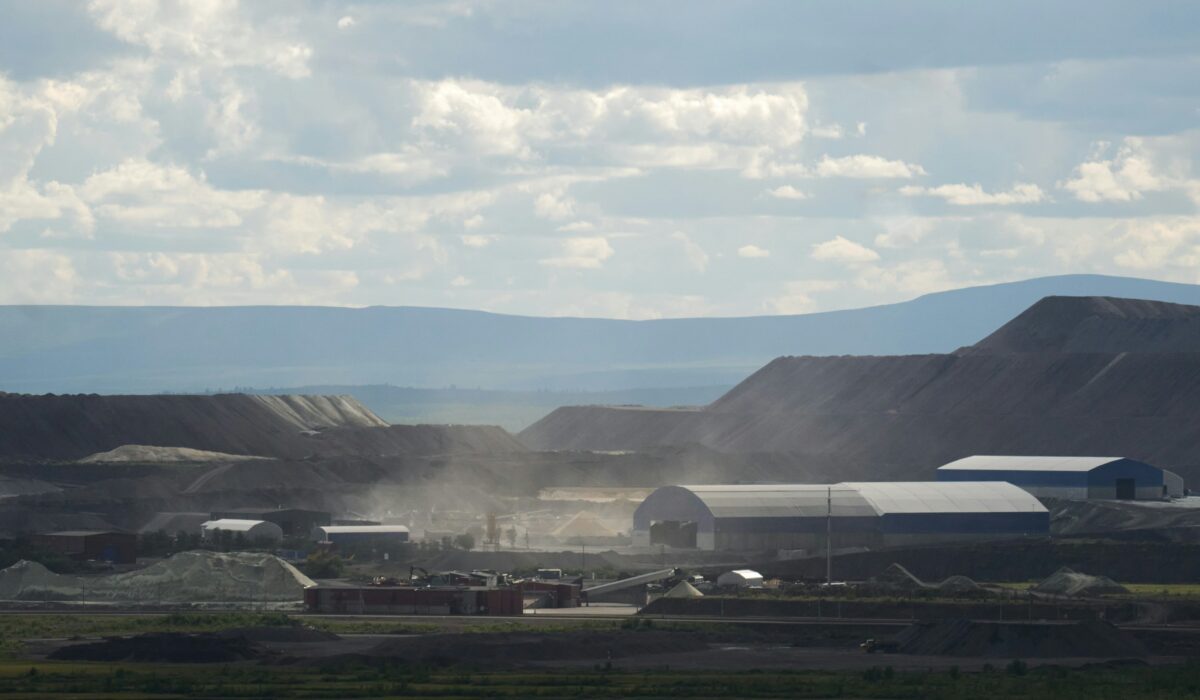
AEC’s Ten Key Recommendations for Starting Critical Raw Material (CRM) Mining in the Arctic
Tromsø, Norway – Arctic Economic Council has published the Arctic Mining Report 2024, offering key recommendations to support the sustainable development of critical raw materials (CRM) in the Arctic. The report provides a comprehensive mapping of CRMs across Arctic states, analyses current mining activities, and assesses future projects and potential for CRM production in the region. Additionally, it highlights the mining industry’s crucial role in advancing the green transition in the Arctic.
“Arctic has all the necessary raw materials necessary for the green transition. We have developed a set of recommendations on how to kick-start the CRM development in the Arctic. Among other things, then we need to improve on the speed in the planning, skills development for people and strengthen dialogue with local stakeholders, ” says AEC Executive Director Mads Qvist Frederiksen.
The report comes out the same week as Canada and the Nordic countries jointly met in Nunavut, Canada, to discuss Arctic cooperation. In the joint statement following the meeting, the countries recognised that they possess significant deposits of critical minerals and confirm their commitment to promote the responsible development of sustainable and resilient critical mineral value chains and to work together to advance economic well-being in the Arctic.
“There is a soaring demand for critical raw materials driving by the green transition and we see growing state-to-state partnerships across the Arctic. However, there is still a supply and demand gap that we have to close – and we have to close it fast. That is why our recommendations balance between speed, security, science and social licence to operate. To consider all variables is important if we want to develop the sector,” says AEC executive director Mads Qvist Frederiksen.
Ten key recommendations:
1. Speed
We must recognise that the health of the mining economy and supply chain in the Arctic, the capacity and expertise of our workforce, and well-functioning regulatory processes that offer clear and reasonable timelines are the base case for any investment in new critical mineral developments. Faster responses on decisions from the public sector is key to develop CRMs in the Arctic.
2. Skills
In a sparsely populated region with worrying demographic trends we need to both invest in skills locally as well as attracting a workforce from outside the region. Policy makers must focus on skills development from early childhood education and onwards to further education. There should be a strong focus on vocational training and education.
3. Scale
Governments need to make substantial investments in building the economic backbone of roads, ports, rail, power lines and communications that will attract private investments and benefit local communities. Investments in larger infrastructure projects will make the business case stronger for mining companies.
4. Strengthen Dialogue
3. Security
4. Showcase
5. Science
6. Study
7. Strategic planning
8. Social Licence
Request the full report
Read all the recommendations and request the full version of the report via email at info@arcticeconomiccouncil.com.
Learn more
For further insights on this topic, read If we want an energy transition, we must have more mining